
It’s been nearly two years since
BMW’s Vision EfficientDynamics concept debuted at the 2009 Frankfurt show, and the car has now officially re-emerged one step closer to production as the
BMW i8 concept. As you can see, little has changed in the styling department. In fact, other than a new wheel design, the only other notable change we’ve spotted concerns the doors, which seem to have claimed some territory along their bottoms and thereby reduced the size of the blue body-side accent. Interestingly, the car didn’t show that change when BMW paraded it around for spy photographers this past March, but we like it.
Passenger Compartment + Powertrain = LifeDrive
As with the i3 city car concept that debuted at the same time , the story of the
i8 begins with its LifeDrive architecture.
BMW says that its experiences in creating the Mini E and 1-series-based
BMW ActiveE showed that adapting cars engineered for internal-combustion power to electric propulsion results in a lot of excess weight and compromises in packaging. As a result, both the i8 and i3 are built using two purpose-built modules: one to house passengers, dubbed “Life,” and one for propulsion and suspension components, called “Drive.” Combine them, and you have a car—and marketing-friendly “LifeDrive” branding.
While the i3 and i8 share the LifeDrive architectural philosophy, the cars differ in execution. That’s because the i3 is fully electric, while this i8 is a plug-in hybrid, so its Drive component is actually split in two, with an electric motor at the front axle and a gas engine at the rear. Unlike the i3, which situates its batteries below the passenger compartment, the i8’s lithium-ion cells are actually part of the Life module, stacked through a central tunnel that might house a transmission and driveshaft in a conventional car. Arranging them this way allowed BMW’s engineers to achieve yet another claim of perfect 50/50 weight distribution, thereby preserving peace in the city of Munich. As in the i3, the i8’s Drive components are largely crafted of aluminum, while the life module uses a carbon-fiber-reinforced plastic monocoque. Using so much lightweight material essentially cancels out the added weight of the heavy electric drive components, thereby allowing the car to weigh less than 3300 pounds, according to BMW. The rigidity imparted by the carbon fiber also allows for long, dramatic doors that ease access to the two small rear seats, and is a boon to crashworthiness, too.
While most other so-called “through-the-road” hybrids (meaning the propulsion systems each drive their own axle) are based on existing front-drive vehicles—meaning they add electric power to the rear wheels—BMW had the luxury of starting from scratch. Because most braking energy gathers at the front of the vehicle, the i8 has its electric motor up front for the sake of recapturing energy. The motor is shared with the i3, and its peak output is 170 hp and 184 lb-ft or torque. It’s fed juice, of course, by those lithium-ions, which take about two hours to charge and return 20 miles of all-electric driving.
Three’s Company: 220-Horse Three-Cylinder
The original Vision EfficientDynamics concept used a three-cylinder turbo-diesel engine, but the i8 makes use of BMW’s new gas-fired 1.5-liter turbo three-cylinder, which we first reported on in April. It makes 220 hp and 221 lb-ft of torque, helping the i8 to its governed top speed of 155 mph. The run to 60 mph will come in under five seconds, says BMW, who also claims the i8 will return 78 mpg on the European cycle. But that test is notoriously optimistic, and the company says normal driving will realistically result in economy of just half that figure. The engine and electric motor can power the car on their own or in tandem for better traction, with the stability-control system’s whims playing a large part in deciding when to team them up. Each axle also contributes regenerative electricity; the front houses the regenerative braking system, while the engine at the rear has a high-voltage alternator that can recapture energy. No mention was made regarding what type of transmission is installed in the i8.
A button-activated “Eco Pro” mode dulls throttle response, caps speed between 56 and 74 mph, and reduces the load of the climate-control system. (Because the climate-control system also is responsible for keeping the batteries at an operating temperature of 68 degrees, it always runs to some extent, however.) The i8 also features an intelligent navigation system that can decide the most energy-efficient route to a destination.
What i Looks Like
While not much has changed about the i8’s styling, a few themes have emerged now that it has a sibling in the i3. The laying of white panels over a black and clear sub-layer is meant to reference the car’s Life and Drive components. Besides just looking flat-out futuristic, BMW i models will be marked by a BMW roundel with a blue ring around the outside, blue accents on the grilles and side sills, and the “stream flow” C-pillar treatment.
Inside, the i8 concept foregoes traditional gauges in exchange for a more future-tech 8.8-inch display screen for reporting road and engine speed, as well as battery and fuel levels. In Eco Pro mode, the digital gauges glow blue; in Sport mode—details of which were in short supply—they glow orange. A second screen tops the dash above the center stack to display navigation and infotainment functions, and the rest of the interior is clean and simple.
Yes, the
i8 is technically a concept, although in typical
BMW fashion, it’s pretty well fleshed out and likely very close to what you’ll see when the production
car launches in 2014. While the diminutive i3 is certainly intended to capture the attention of the general public, the i8 appears to be an effort to keep enthusiasts under the
BMW umbrella as sustainability and efficiency become increasingly important. While it remains to be seen if the i8 will be satisfying to pilot, we applaud the idea, since there’s not much that we want to see more than a long future for driver’s
cars.Source : Caranddriver.com











 5:48 AM
5:48 AM
 Admin
Admin










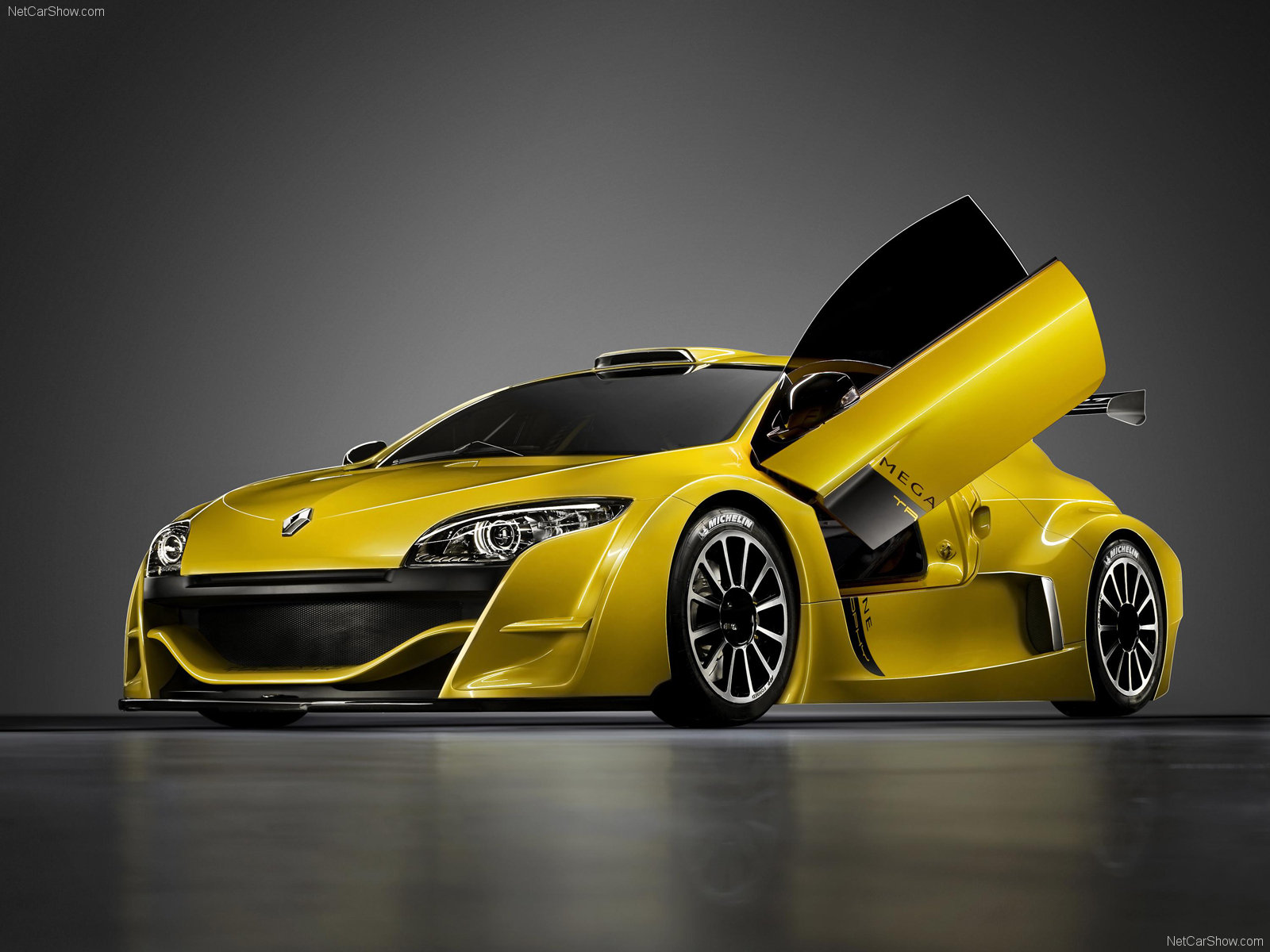
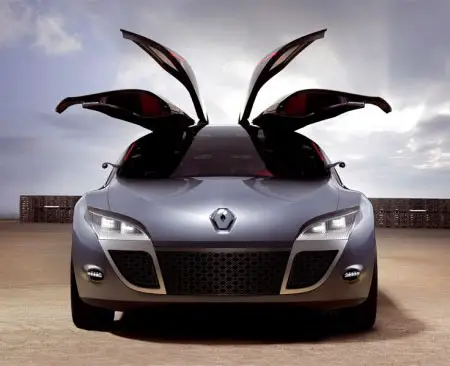
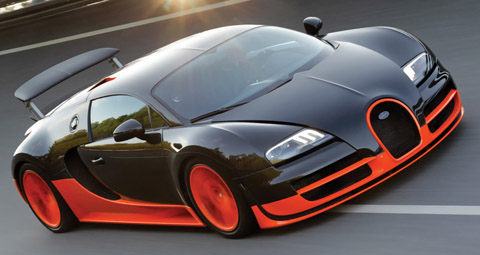
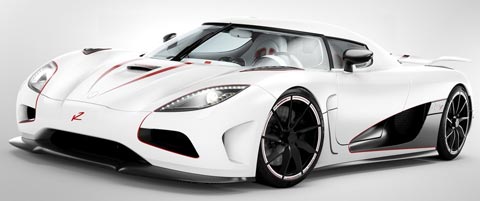
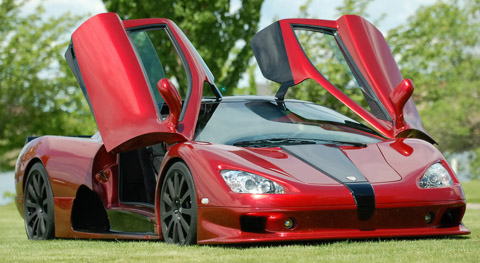
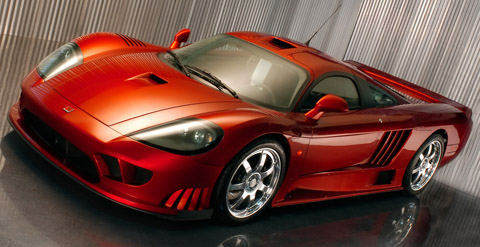
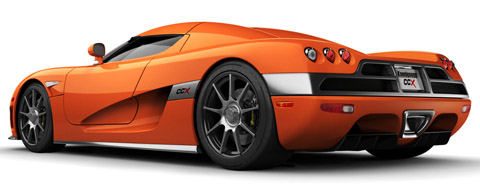
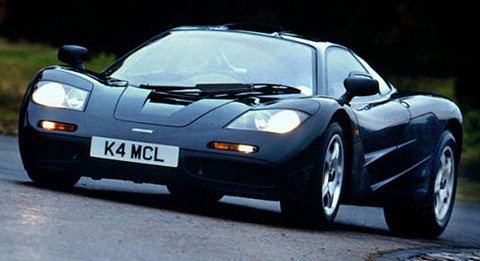
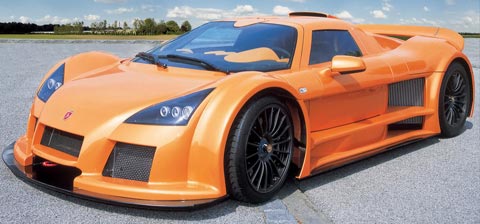
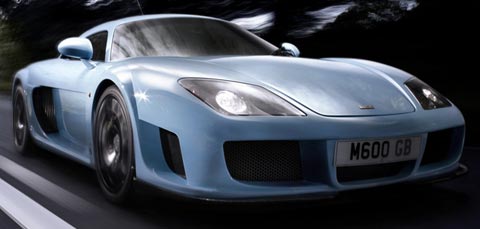
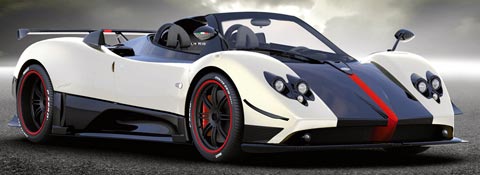
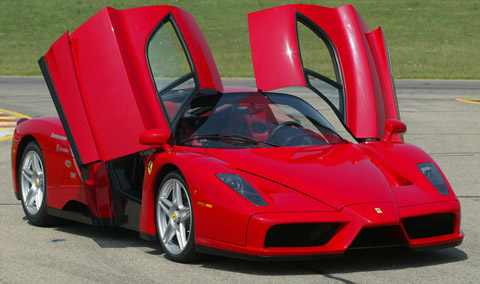
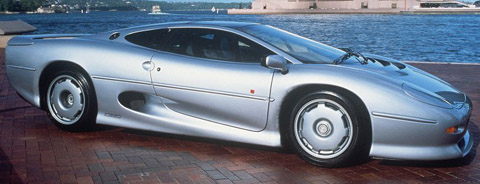
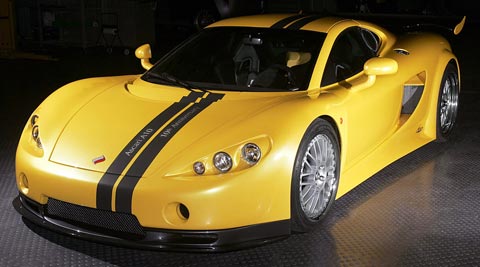
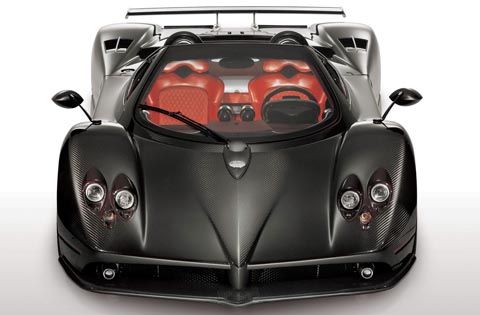














 It’s been nearly two years since BMW’s Vision EfficientDynamics concept debuted at the 2009 Frankfurt show, and the car has now officially re-emerged one step closer to production as the BMW i8 concept. As you can see, little has changed in the styling department. In fact, other than a new wheel design, the only other notable change we’ve spotted concerns the doors, which seem to have claimed some territory along their bottoms and thereby reduced the size of the blue body-side accent. Interestingly, the car didn’t show that change when BMW paraded it around for spy photographers this past March, but we like it.
It’s been nearly two years since BMW’s Vision EfficientDynamics concept debuted at the 2009 Frankfurt show, and the car has now officially re-emerged one step closer to production as the BMW i8 concept. As you can see, little has changed in the styling department. In fact, other than a new wheel design, the only other notable change we’ve spotted concerns the doors, which seem to have claimed some territory along their bottoms and thereby reduced the size of the blue body-side accent. Interestingly, the car didn’t show that change when BMW paraded it around for spy photographers this past March, but we like it.










